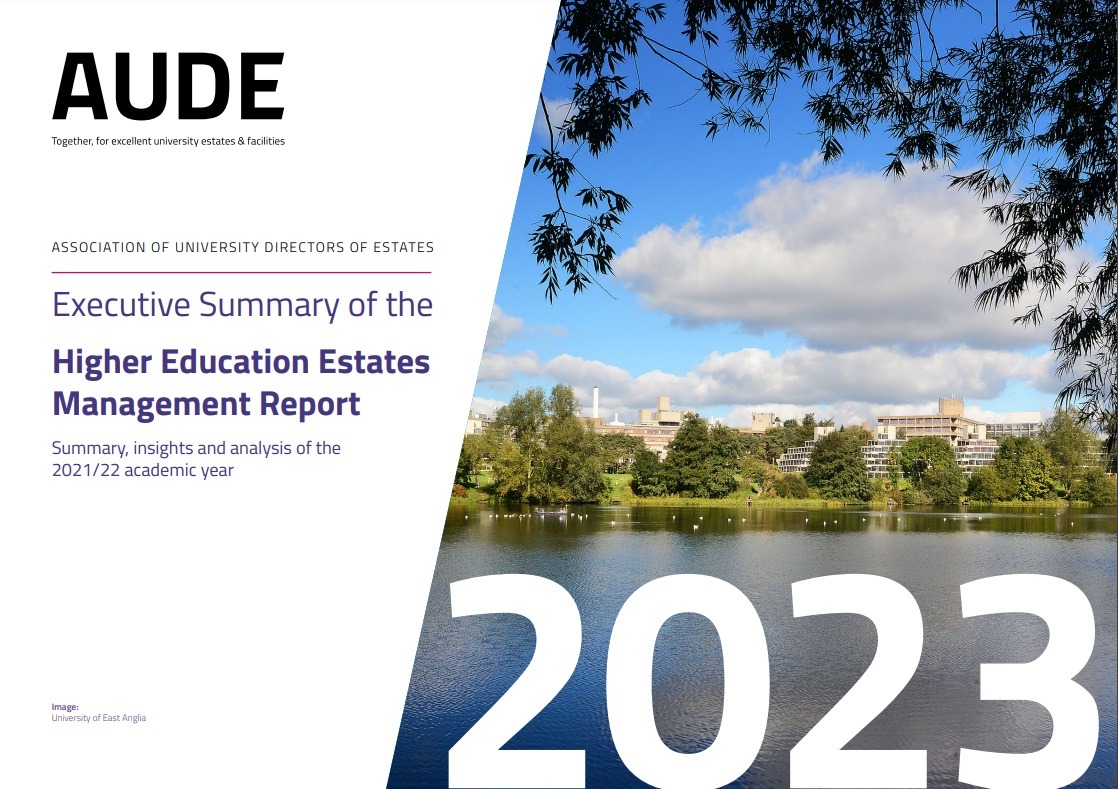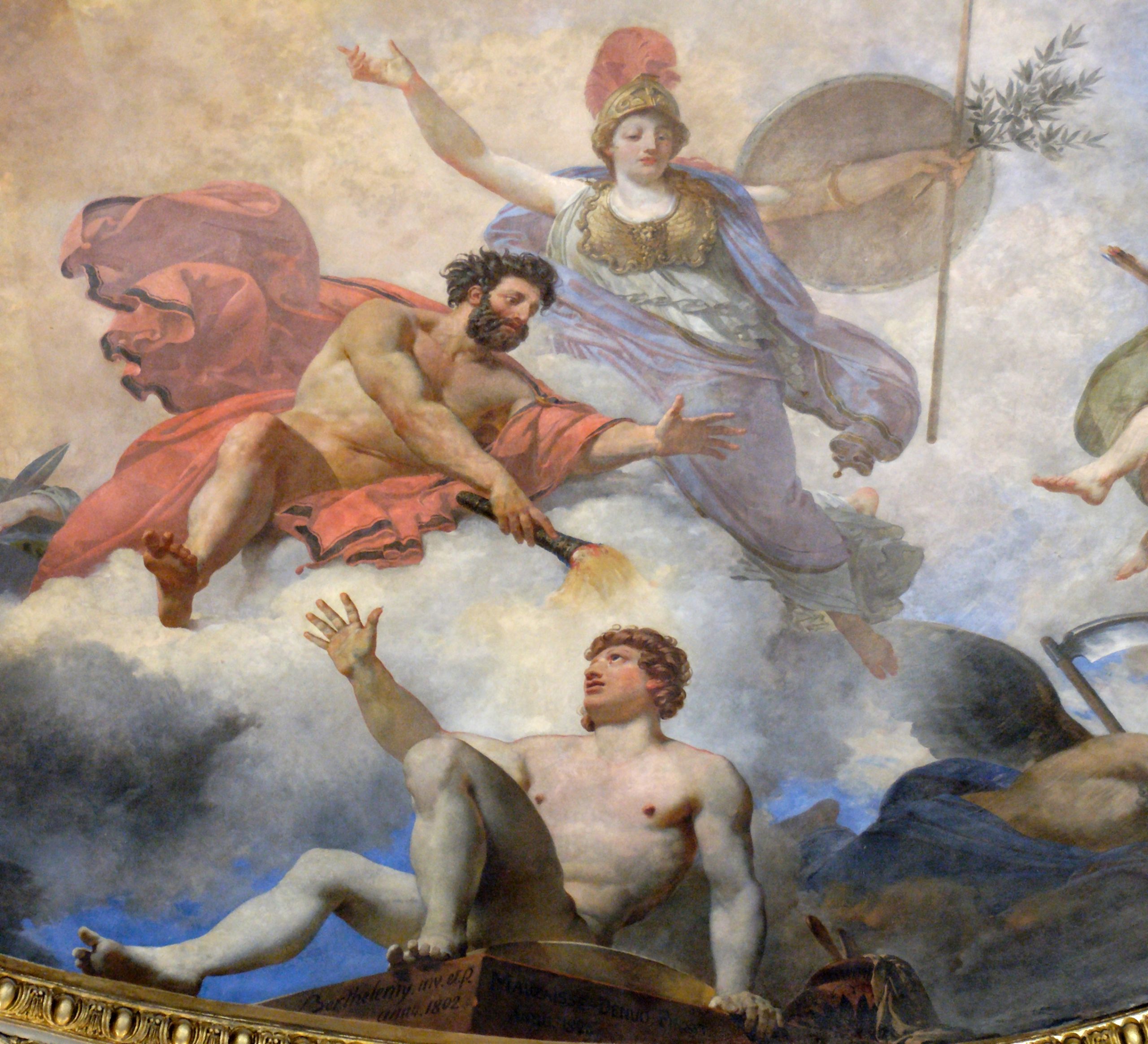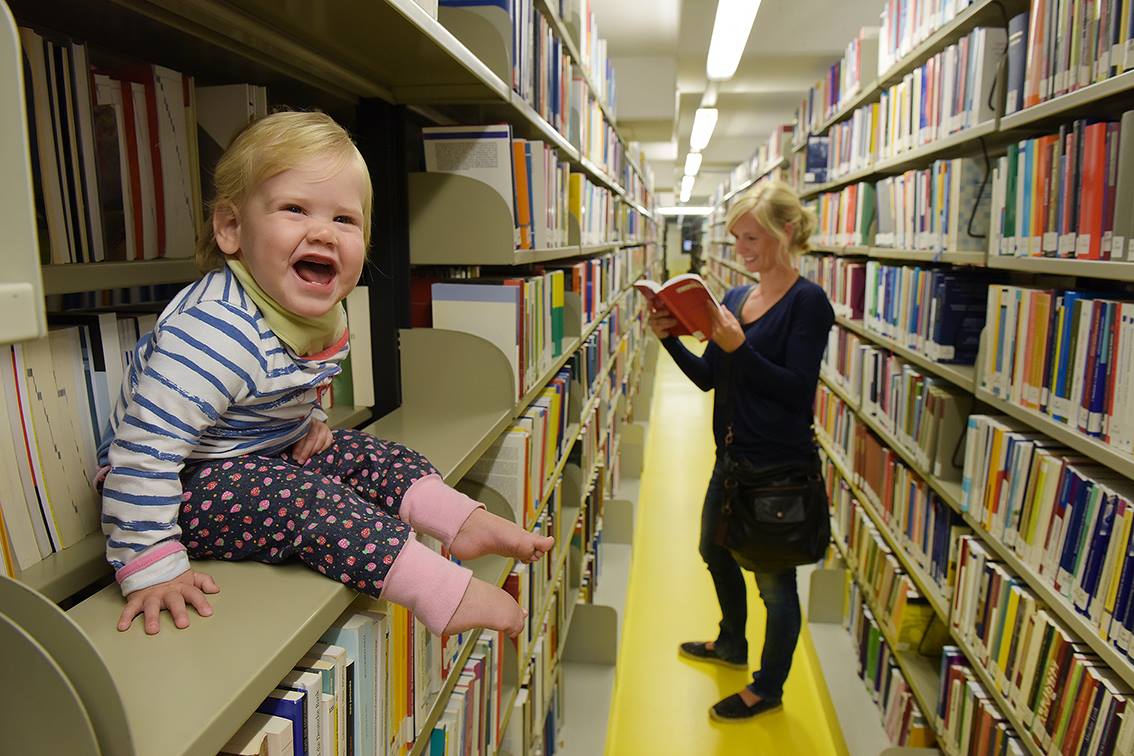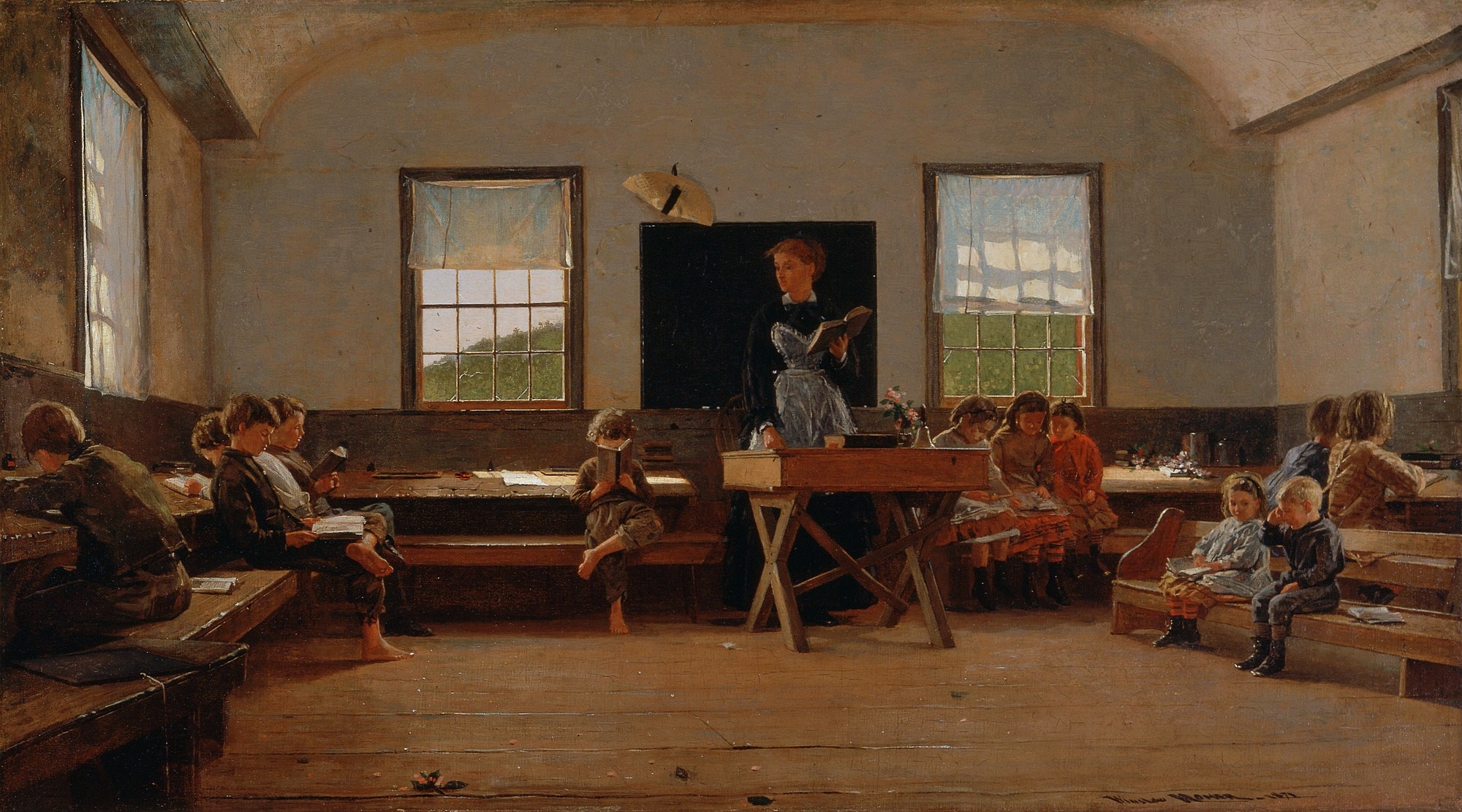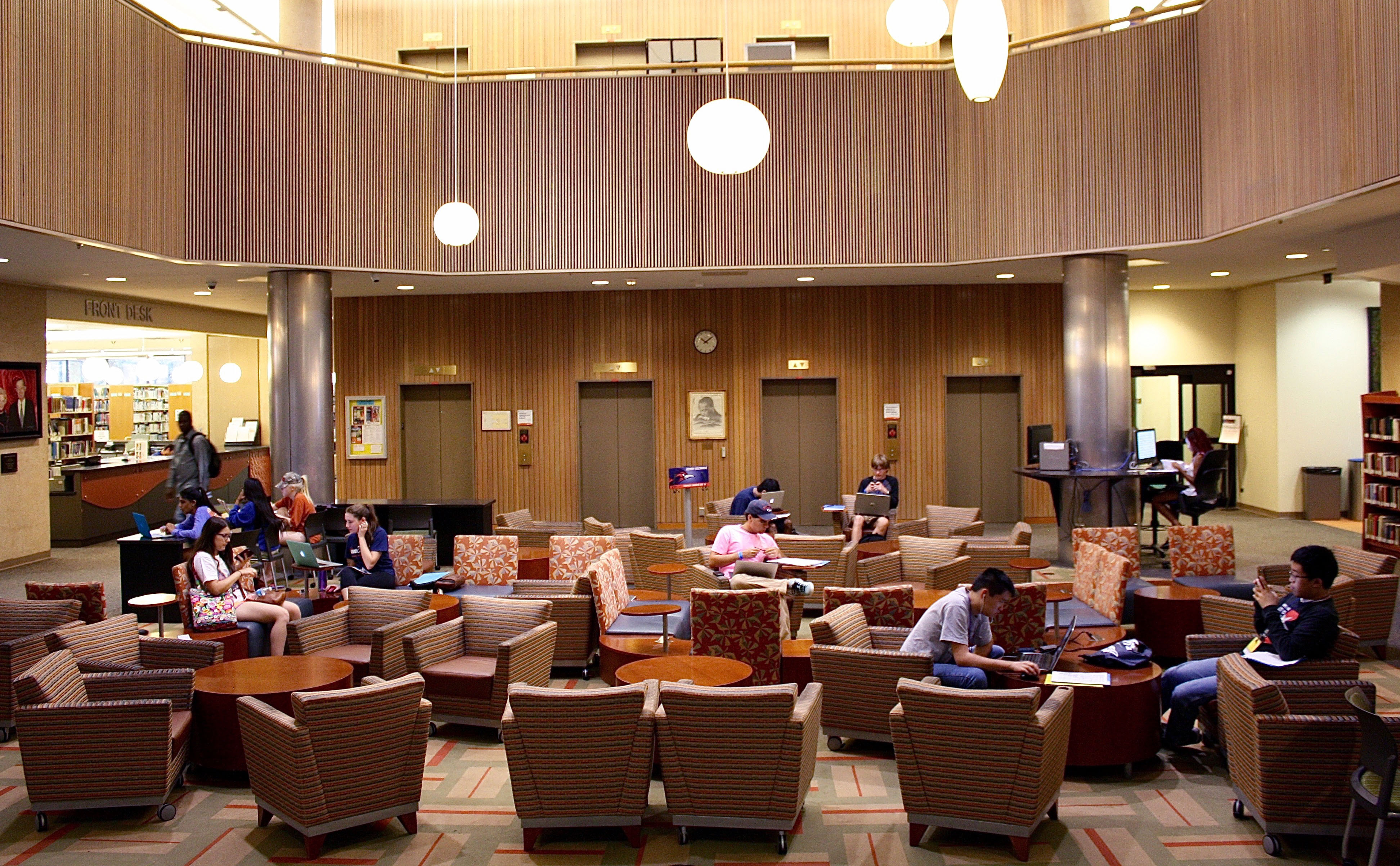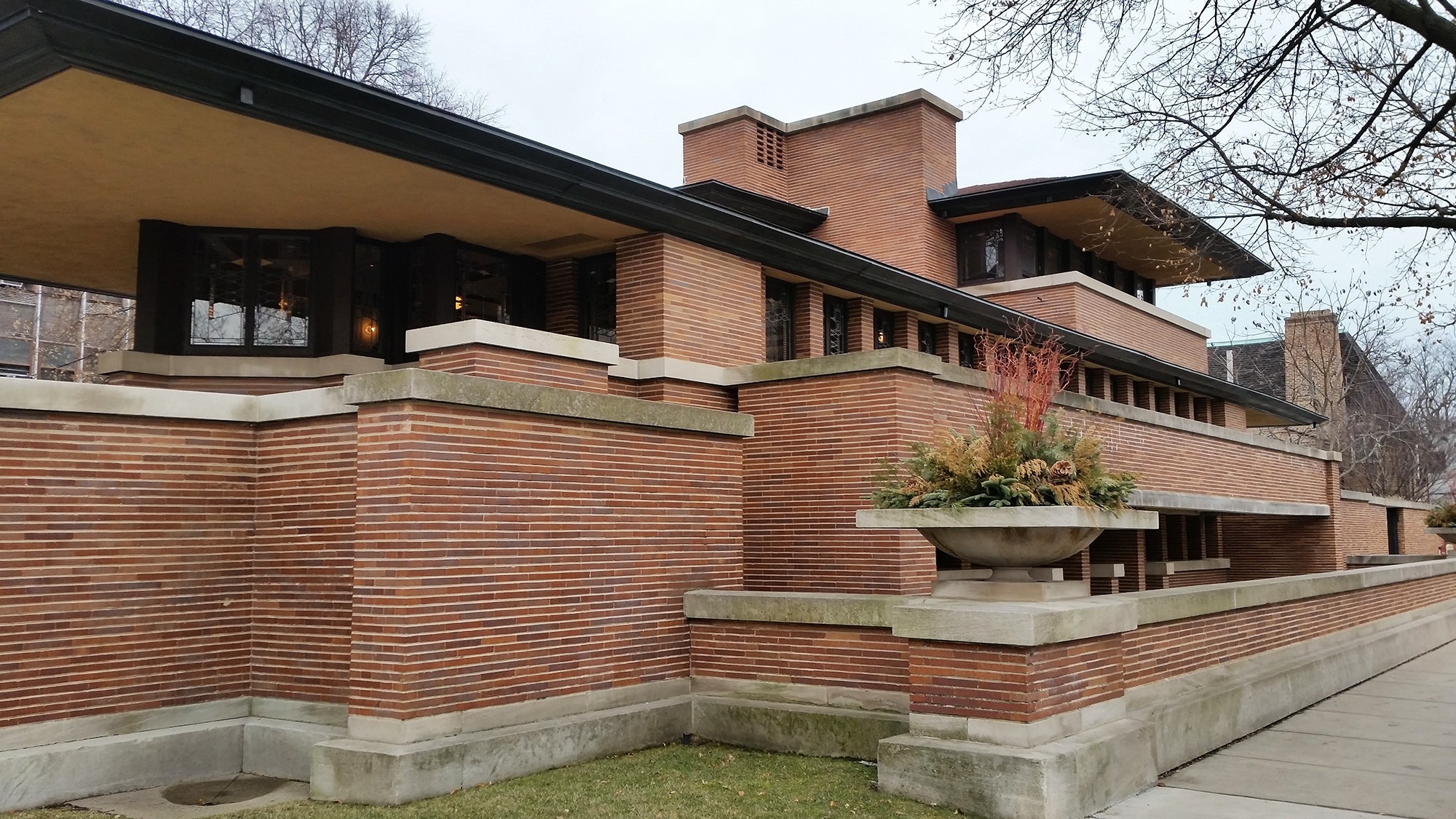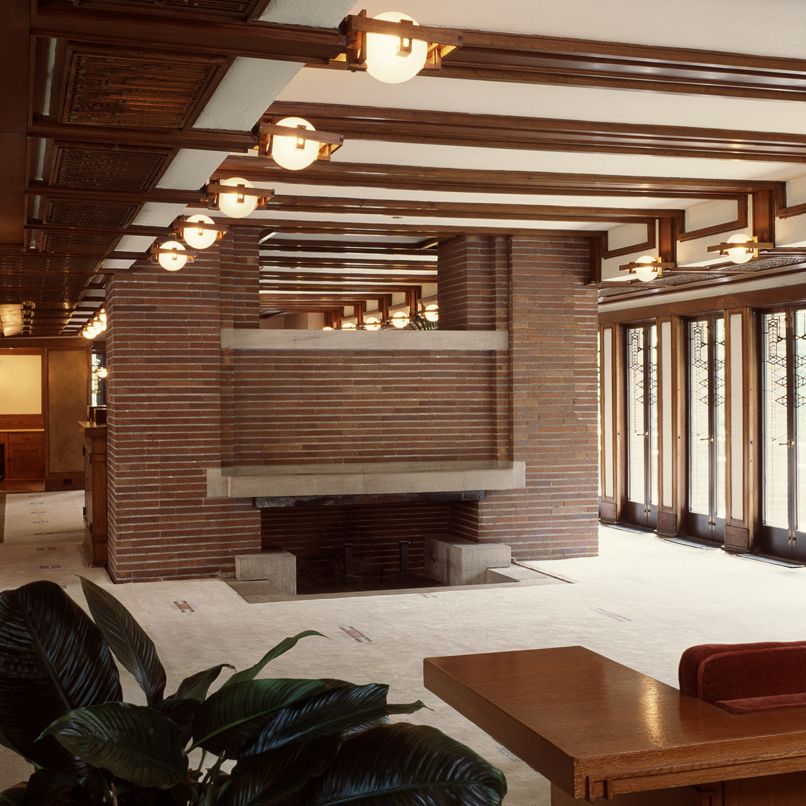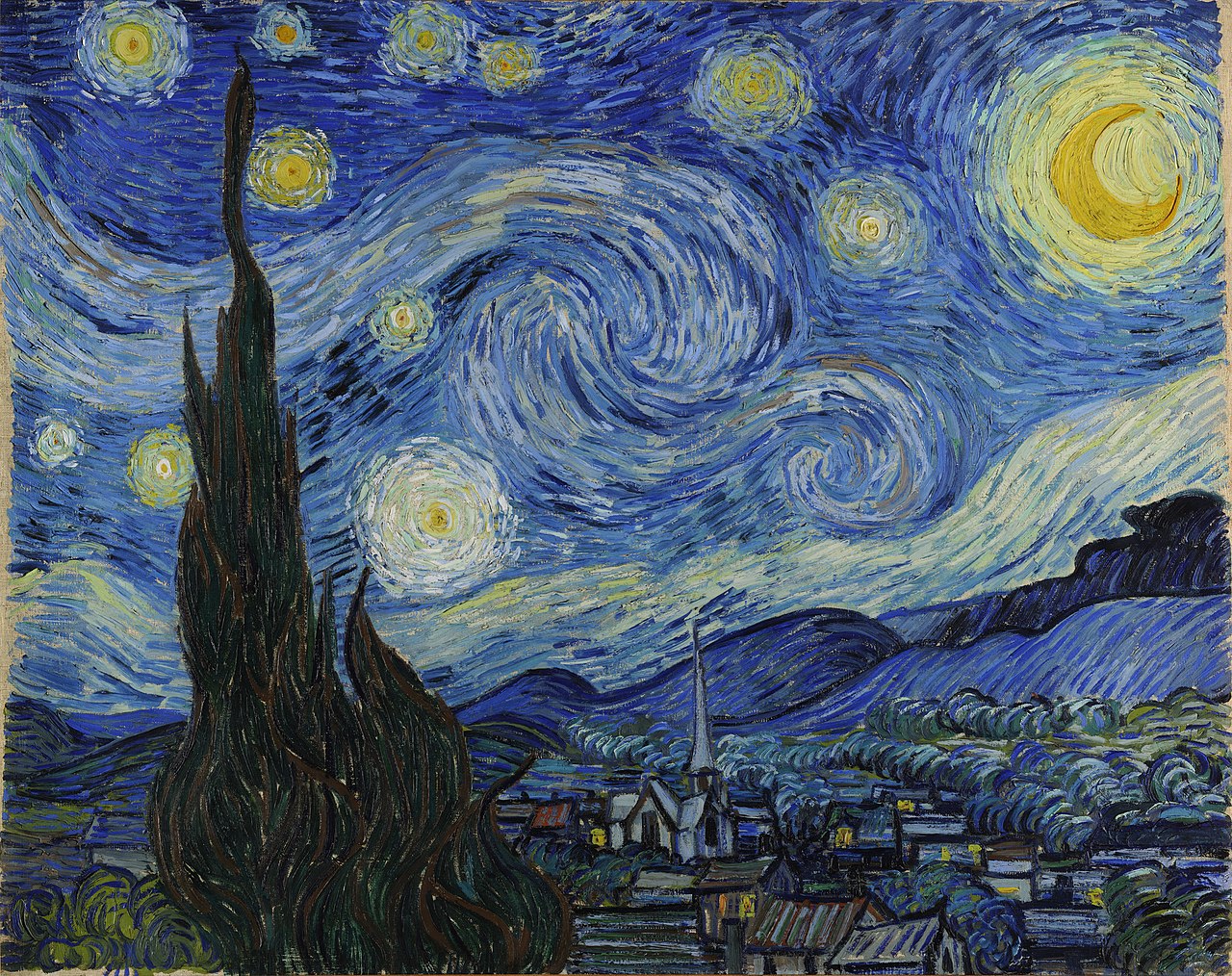Category Archives: Architectural/Hammurabi
- Home
- Archive by category "Architectural/Hammurabi" (Page 7)

Federal architecture
This content is accessible to paid subscribers. To view it please enter your password below or send mike@standardsmichigan.com a request for subscription details.
Classroom Furniture
The Business and Institutional Furniture Manufacturers Association standards catalog — largely product (rather than interoperability oriented) is linked below:
In stabilized standards, it is more cost effective to run the changes through ANSI rather than a collaborative workspace that requires administration and software licensing cost. Accordingly, redlines for changes, and calls for stakeholder participation are released in ANSI’s Standards Portal:
STANDARDS ACTION WEEKLY EDITION
Send your comments to Dave Panning. (See Dave’s presentation to the University of Michigan in the video linked below.
We find a great deal of interest in sustainable furniture climbing up the value chain and dwelling on material selection and manufacture. We encourage end-users in the education industry — specifiers, department facility managers, interior design consultants, housekeeping staff and even occupants — to participate in BIFMA standards setting. You may obtain an electronic copies for in-process standards from David Panning, (616) 285-3963, dpanning@bifma.org You are encouraged to send comments directly to BIFMA (with copy to psa@ansi.org). David explains its emergent standard for furniture designed for use in healthcare settings in the videorecording linked below:
Contacts: Mike Anthony, Christine Fischer, Jack Janveja, Dave Panning
Category: Architectural, Facility Asset Management
Related:
A Guide to United States Furniture Compliance Requirements
Robie House
“The mother art is architecture. Without an architecture of our own,
we have no soul of our own civilization.”
University of Chicago Architectural Studies
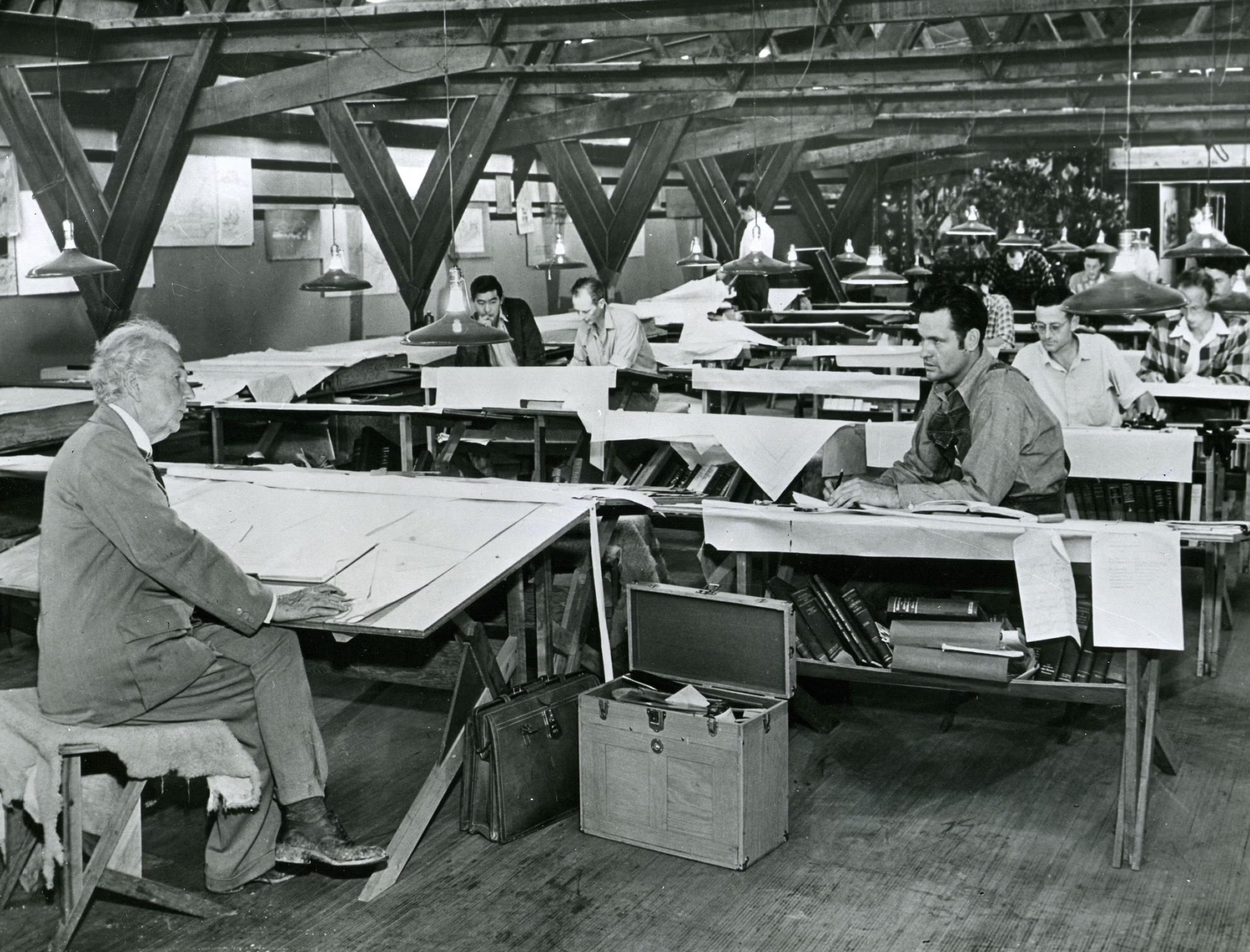
The Robie House is maintained and operated by the Frank Lloyd Wright Trust, a nonprofit organization dedicated to preserving the works of Frank Lloyd Wright. The trust focuses on the restoration, preservation, and education related to Wright’s architectural legacy. The Robie House, located in the Hyde Park neighborhood of Chicago, is one of the trust’s key properties.
Building codes for houses and museums may have some similarities but also key differences due to the distinct functions and occupancy types. Building codes are typically established to ensure the safety, health, and general welfare of the occupants and the public. While some requirements may be consistent, the specific regulations can vary based on the use and characteristics of the building. Here are some general considerations for how building codes might differ between houses and museums:
- Occupancy Type: The primary factor that influences building codes is the occupancy type. Residential houses are generally classified as Group R (Residential), while museums might fall under Group A (Assembly) or Group B (Business). Each occupancy group has specific requirements related to fire safety, egress, accessibility, and structural integrity.
- Fire Safety: Museums often house valuable artifacts, and fire safety is a critical concern. Museums may have more stringent fire protection measures, such as fire suppression systems, fire-resistant construction materials, and specialized storage requirements for certain materials. Residential homes also have fire safety requirements but may not have the same level of protection as cultural institutions.
- Accessibility: Museums, as public buildings, are usually subject to more stringent accessibility requirements to ensure that people with disabilities can navigate the space. This includes features like ramps, elevators, and accessible restrooms. Residential buildings have accessibility requirements as well, but they are typically less extensive compared to public spaces.
- Structural Requirements: Museums may have specialized structural requirements to support the weight of exhibits, particularly for large and heavy artifacts. Residential homes, while still subject to structural codes, may not have the same load-bearing considerations unless they incorporate unique features like extensive libraries or art collections.
- Zoning and Land Use: The location and zoning regulations can also impact both houses and museums differently. Museums might be subject to additional zoning requirements related to cultural institutions, parking, and public access.
- Energy Efficiency: Both residential and commercial buildings are subject to energy efficiency codes, but the specific requirements may differ. Commercial buildings, including museums, might have more extensive requirements for HVAC systems, lighting, and insulation.
International Residential Code
Classroom Acoustics
“Quiet people have the loudest minds.”
— Stephen Hawking
With acoustic considerations a substantial contributor to the effectiveness of learning spaces — classrooms, lecture hall, performance arts and athletic venues, etc. — we follow action in the Acoustical Society of America (ASA) suite of ANSI-accredited standards.
For example, building codes in the United States identify horizontal and vertical acoustic insulation between floors and between walls, respectively, as design considerations. Section 1206.2 of the International Building Code deal with horizontal and vertical wall sealant applications for “airborne sound” mitigation, for example. Fire protection and mass notification systems identified in NFPA 72 and UL 2572 depend upon alarms actually being heard by the occupants underscore the importance of acoustic design. When lively art spaces are also instructional spaces we seek to understand the standard of care for acoustic design of classroom spaces. Of particular interest to us in the ASA bibliography is the title linked below:
This is a fairly stable standard; though other sound related technologies we cover in other sound related technologies (ISO TC/43 Acoustics and IEC Electroacoustics TC 29). Last year’s update was required by ANSI and we had no comments to submit; absent queries from students, faculty and staff. It is wise to keep it on our radar, however, given the step-change in education communities owed to the pandemic.
On your own you may communicate with Caryn Mennigke at ASA: (631) 390-0215, asastds@acousticalsociety.org. The ASA uses ANSI Standards Action for issuing live public consultation notices.

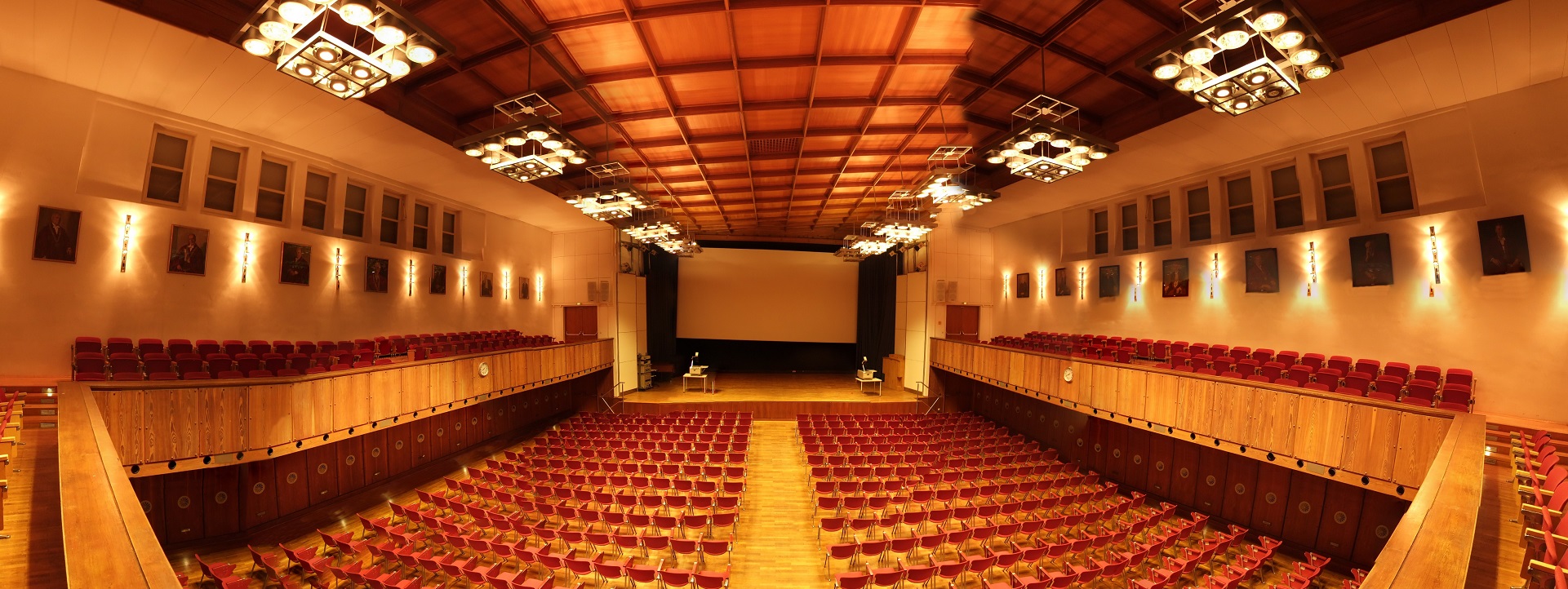

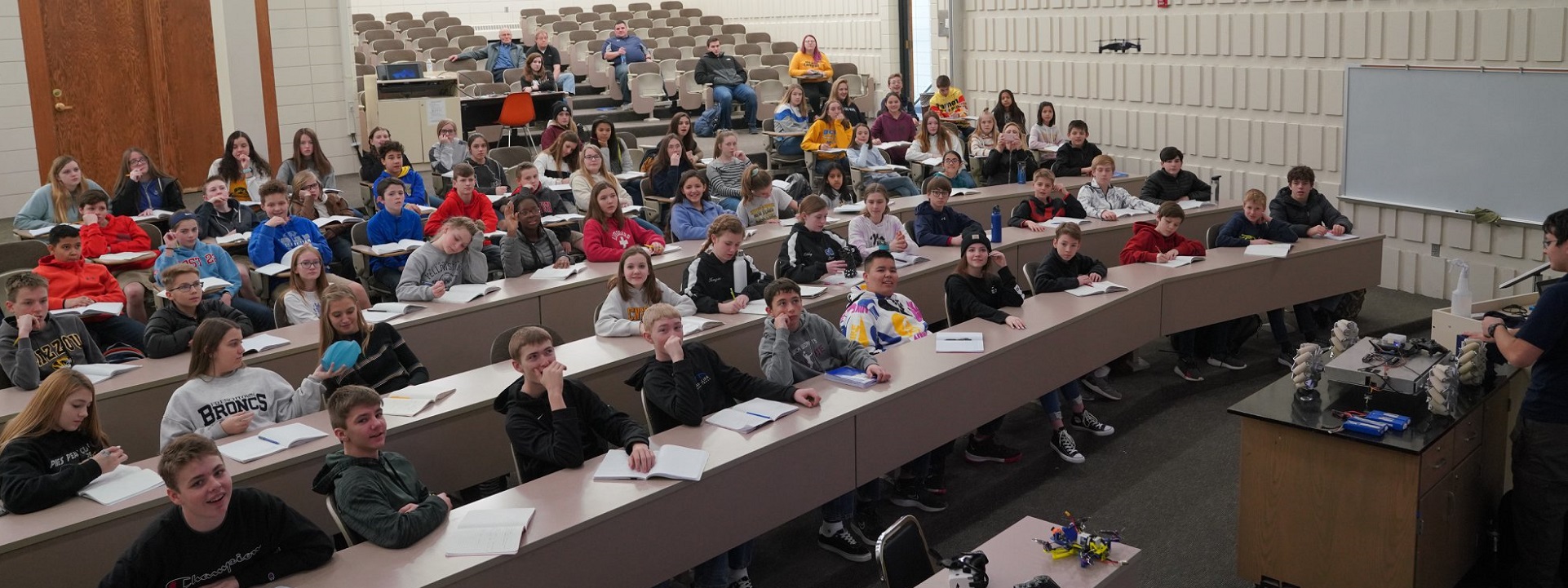

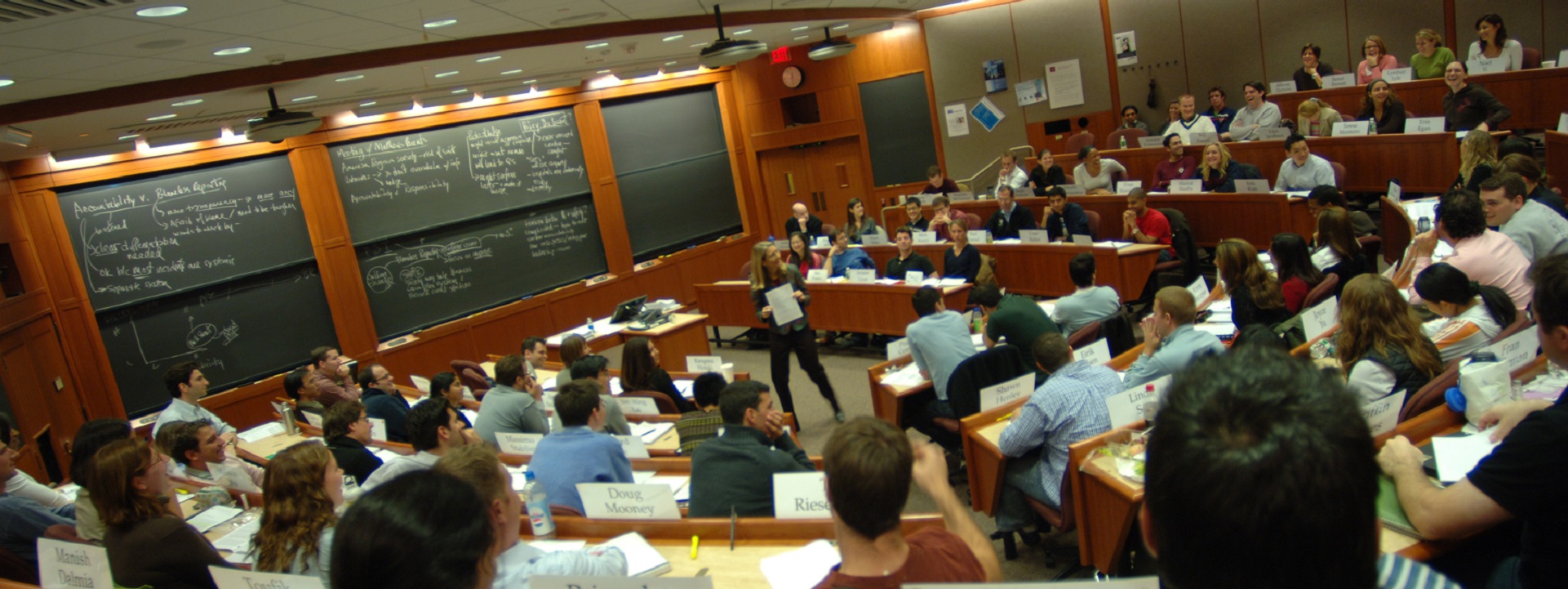
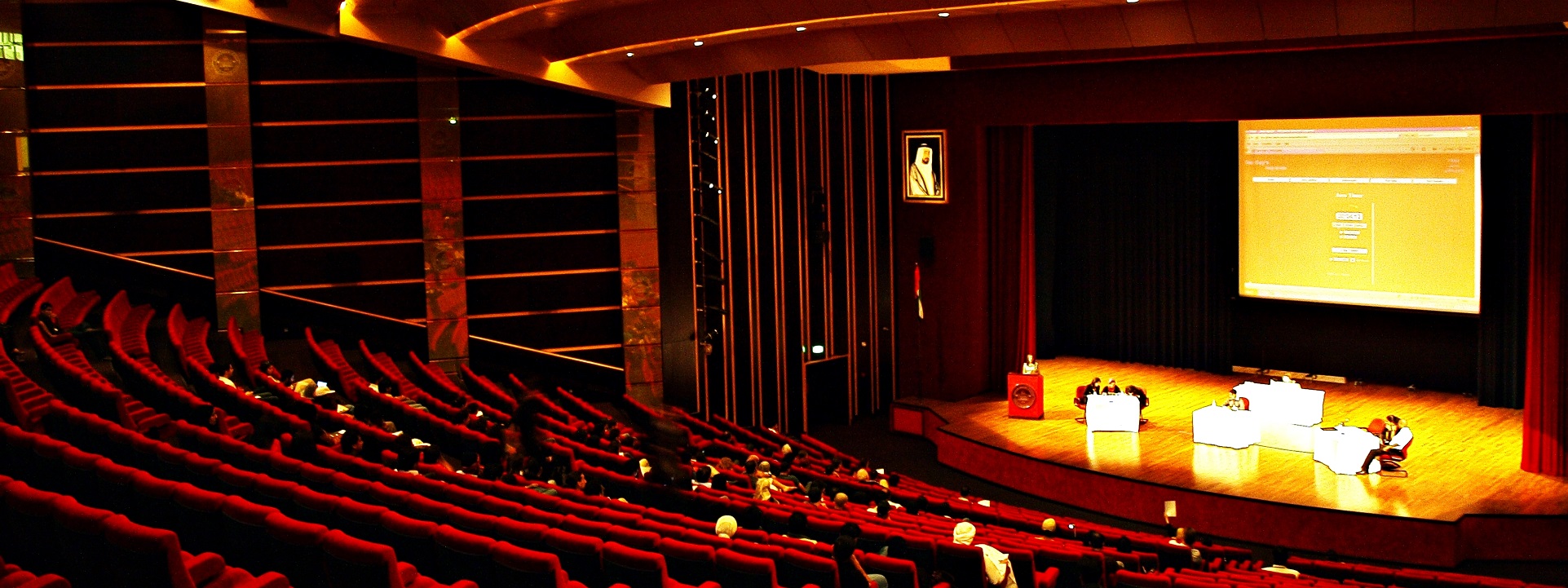
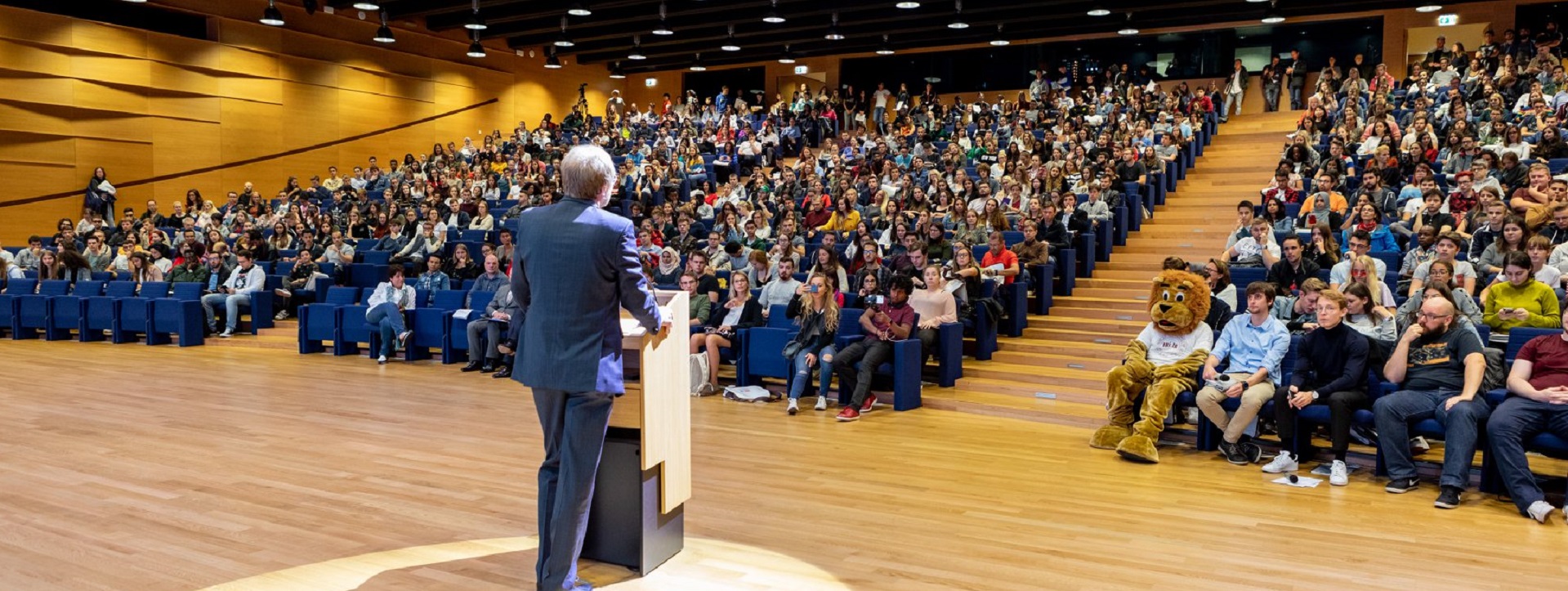


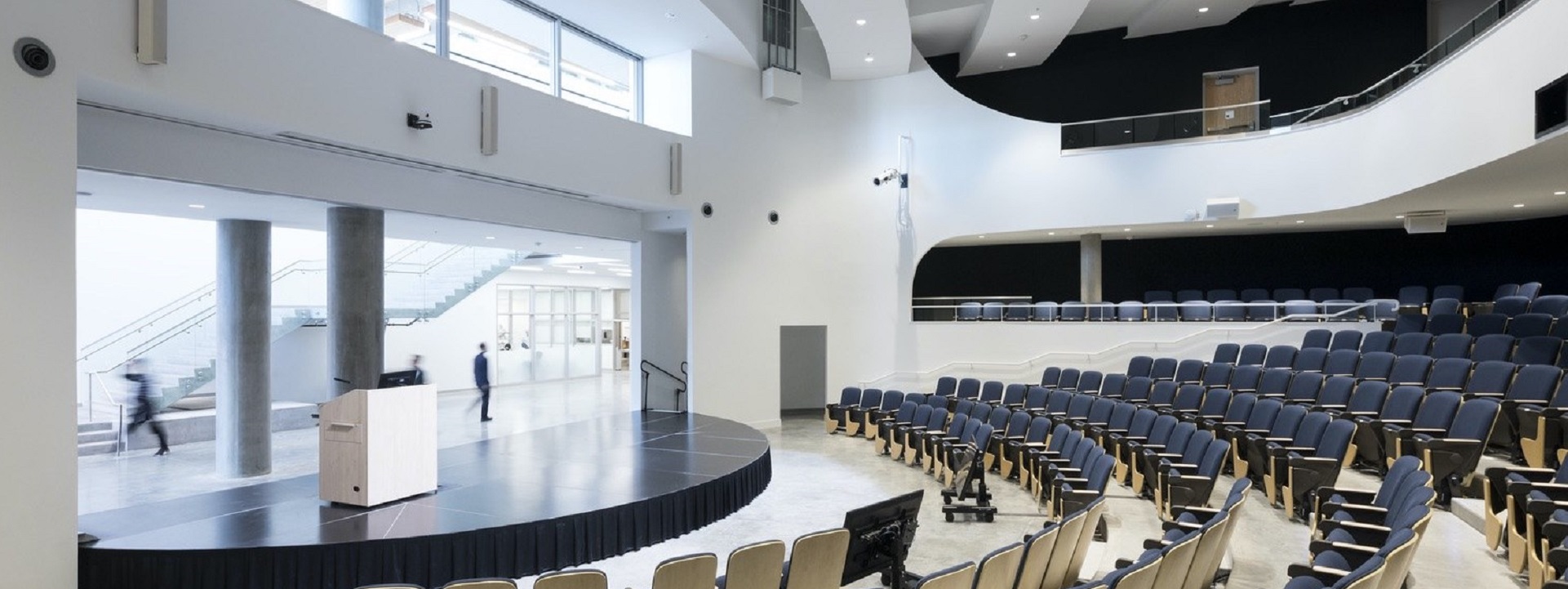
Since acoustic technologies cut across many disciplines we maintain it on the standing agenda of our Construction, Lively Art and Nota Bene teleconferences. See our CALENDAR next scheduled meeting; open to everyone.
Issue: [19-140]
Category: Academics, Architectural, #SmartCampus
Colleagues: Mike Anthony, Kristen Murphy
LEARN MORE:
Room acoustic design, measurement, and simulation techniques to reduce hospital noises within patients’ environment | Mojtaba Navvab, University of Michigan
Acoustical/Performance Criteria, Design Requirements, and Guidelines for Schools International Code Council
Campus Outdoor Lighting
The IEEE Education & Healthcare Facilities Committee has completed a chapter on recommended practice for designing, building, operating and maintaining campus exterior lighting systems in the forthcoming IEEE 3001.9 Recommended Practice for the Design of Power Systems for Supplying Commercial and Industrial Lighting Systems; a new IEEE Standards Association title inspired by, and derived from, the legacy “IEEE Red Book“. The entire IEEE Color Book suite is in the process of being replaced by the IEEE 3000 Standards Collection™ which offers faster-moving and more scaleable, guidance to campus power system designers.
Campus exterior lighting systems generally run in the 100 to 10,000 fixture range and are, arguably, the most visible characteristic of public safety infrastructure. Some major research universities have exterior lighting systems that are larger and more complex than cooperative and municipal power company lighting systems which are regulated by public service commissions.
While there has been considerable expertise in developing illumination concepts by the National Electrical Manufacturers Association, Illumination Engineering Society, the American Society of Heating and Refrigeration Engineers, the International Electrotechnical Commission and the International Commission on Illumination, none of them contribute to leading practice discovery for the actual power chain for these large scale systems on a college campus. The standard of care has been borrowed, somewhat anecdotally, from public utility community lighting system practice. These concepts need to be revisited as the emergent #SmartCampus takes shape.
Electrical power professionals who service the education and university-affiliated healthcare facility industry should communicate directly with Mike Anthony (maanthon@umich.edu) or Jim Harvey (jharvey@umich.edu). This project is also on the standing agenda of the IEEE E&H committee which meets online 4 times monthly — every other Tuesday — in European and American time zones. Login credentials are available on its draft agenda page.


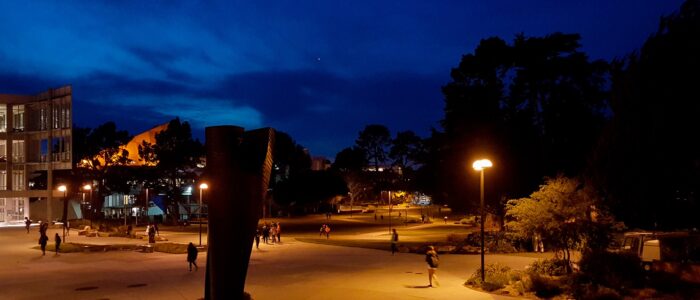
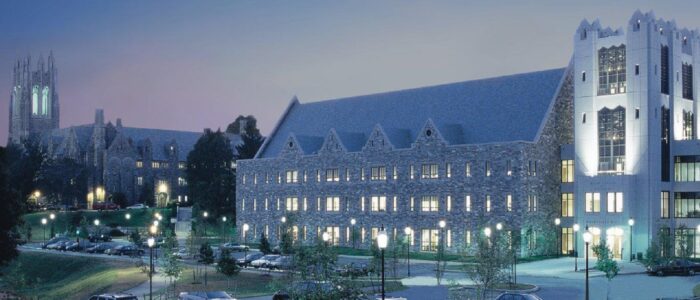


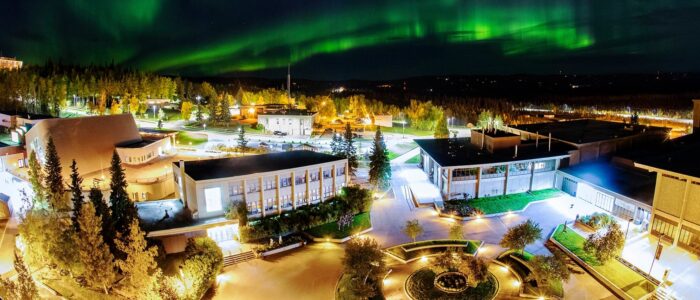

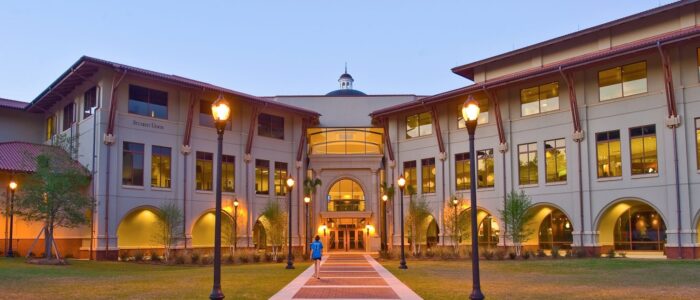
Issue: [15-199]
Category: Electrical, Public Safety, Architectural, #SmartCampus, Space Planning, Risk Management
Contact: Mike Anthony, Kane Howard, Jim Harvey, Dev Paul, Steven Townsend, Kane Howard
LEARN MORE:
Electrical Switch Station #8
Construction progress update: May 24, 2024
This project restores the Old Art Gallery building for a new electrical switching station. The 1904 building was originally the campus powerhouse, supplying electricity and steam to the young Berkeley campus. As the campus grew, power demands exceeded its capacity and, in 1930, a new central plant opened in the southwest part of campus. In 1934, the former powerhouse building reopened as a gallery to display art and served this purpose until a new University Art Museum opened on Bancroft Way in 1970. The building was subsequently used for storage for more than 50 years.
In restoring and structurally improving the Old Art Gallery building to house the new Switch Station #8, the small brick building that began its storied life as a powerhouse more than 100 years ago will become a key component in UC Berkeley’s 100% clean energy future.
IEEE TV: Overview of UC Berkely Resistance Grounded Campus Power System
Pacific Gas & Electric: Electric Service Requirements (TD-7001M) 2022-2023″Greenbook Manual”
New update alert! The 2022 update to the Trademark Assignment Dataset is now available online. Find 1.29 million trademark assignments, involving 2.28 million unique trademark properties issued by the USPTO between March 1952 and January 2023: https://t.co/njrDAbSpwB pic.twitter.com/GkAXrHoQ9T
— USPTO (@uspto) July 13, 2023
Standards Michigan Group, LLC
2723 South State Street | Suite 150
Ann Arbor, MI 48104 USA
888-746-3670


